Peter Simon, a man who hugged first and talked later, who lived a barefoot life while also chronicling with his camera the biggest names in music from the 1960s onward along with the protest movements and major figures of many eras, died at the Martha’s Vineyard Hospital on Sunday, Nov. 18. The cause was cardiac arrest. He was 71 and had been battling cancer.
Mr. Simon was born in 1947, the son of Andrea and Richard Simon, the founder of publishing house Simon & Schuster, and brother to Carly, Lucy and Joanna Simon. He attended private schools, and his childhood homes in New York city and later Riverdale, N.Y. were filled with a who’s who of the major players in arts, politics and sports, from Jackie Robinson to Rodgers and Hammerstein. But he was never defined by his upbringing, and he made a career of being able to photograph both the famous and the ordinary with the same passion, making all his subjects feel comfortable enough to be themselves, something Mr. Simon himself excelled at.
He was the embodiment of the 1960s, as passionate about social justice as he was about nudity, which he practiced with abandon on the beaches of Martha’s Vineyard, the place he first visited as a baby and called home for most of his life. And while the subject matter of his lens ranged far and wide, it was the Vineyard that most often took center stage for his photography and personal life.
“What he has been doing with his photography for his whole life is documenting his passions and this life of his which is so varied and rich,” said Alison Shaw, the Island photographer who first worked with Mr. Simon at the Vineyard Gazette in the 1970s.
“He was one of a kind,” she said. “Not a character because that is too general a term. He was eclectic and unique at the same time. And no one else matches up with that on the Vineyard or anywhere else.”
Mr. Simon said he never felt comfortable as a child, always feeling like an outsider. But then his father gave him a Polaroid camera when he was 11 years old and everything changed. Suddenly, instead of an awkward adolescent he was the kid with the camera, the kid with the eye.
“To this day I feel it has been my ticket to recognition,” he said in one of many interviews with the Gazette.
One of his most recurring subjects throughout his life was his sister Carly, who remembered him as a man on the go, even as a little boy. “He was a mover and shaker, and always originating the games we played and he got everyone to play them,” she said. “And he always had a project. When he was about 11 he created the Quaker Muffet Press and expected everyone in the family to file stories every week. He was a tough editor, banging on our door saying ‘Time for the Quake.’”
Mr. Simon used his photography portfolio to gain entrance to Boston University, matriculating in 1965.
“When I got to BU in ‘65 I was pretty naive,” he told the Gazette. “I didn’t even know there was a war going on in Vietnam. But I got caught up in a wave of student resistance to authority, government, big business. I wouldn’t say I was rebellious right off the bat.”
He quickly made up for lost time, working for the Boston University newspaper, which at the time was the largest college newspaper and at the epicenter of student movements, and a burgeoning rock and roll scene. He teamed up with Stephen Davis on several assignments, the pair quickly becoming the words and pictures of an era, at the college newspaper, then the Boston Globe, Rolling Stone, Life Magazine and the New York Times. They collaborated on a book published in 1977 called Reggae Bloodlines, went on tour with Led Zeppelin, the Grateful Dead and the Rolling Stones.
“We worked together for 50 years, collaborating on about 30 published books,” Mr. Davis recalled. “He had an incredible way with people and portraits. He would sit down with them, face to face, talking to them and making eye contact until they felt comfortable and then out would come this big Nikon. He had this magic ability to bring people out of themselves, from celebrities to people you never heard of. Some work on the stage, others on the street but it usually doesn’t crossover. But with Peter it did. He had the stage and the street.”
After college, just as his career as a rock and roll photographer was taking off, Mr. Simon decided to turn away from it all and embrace the back-to-the-land movement. He bought a farm in Vermont called Tree Frog Farm and went full commune, a time and place he chronicled in perhaps his most personal book, Eye and I. In an interview with Martha’s Vineyard Magazine, he said upon reflection he regretted taking the detour at a time when his career was taking off. A Vermont commune was too far off the beaten track, a rural oasis that soon stagnated for him. After selling the farm, he bought a shack in Gay Head in 1972, first living on the Island seasonally for many years and then full time beginning in 1988.
The Island’s mixture of rural way of life plus cosmopolitan visitors proved to be the perfect combination. For many, Mr. Simon has been the Vineyard’s biggest champion, chronicling every season for decades, from dawn to sunset, from night skies to farms, towns and beaches, to the many and varied people.
“Like a lot of people I owe my love and devotion to the Vineyard to Peter,” Mr. Davis said.
Mr. Simon began shooting for the Gazette under the guidance of editor and publisher Richard Reston. He recalled his first assignment in 1969.
“Dick would say, ‘Simon go out and take a picture of the dump on Chappaquiddick and get really gritty pictures of glass with sunlight shining off the glass. We’ll do a whole dump essay.’ I’d say great and we did it.”
In 1988 he created his first Peter Simon calendar and never missed a year since; the 2019 edition rolled off the presses just weeks ago.
He compiled his photographs for numerous books about the Island, including On the Vineyard I, II and III, and the 2017 coffee table retrospective To Everything There Is a Season. Music was never far from his life either, whether heading off on assignment for national magazines, or photographing the music scene on the Island at the Hot Tin Roof and its many iterations through the decades. He produced three Vineyard Sound compilations of music which included local players and national talent who visited the Island, from Johnny Hoy and the Bluefish and Maynard Silva to Tom Rush, Susan Tedeschi and his sister Carly Simon. He also deejayed a popular radio show on WMVY called Private Collection, where he played music from his vast archives and told stories from the front lines.
“He was so good at talking about his experiences,” said Barbara Dacey, the longtime deejay and programmer at WMVY. “He had a great spirit flowing through everything he did. He had a great eye and great ears.”
With his wife Ronni Simon he opened the Simon Gallery on Main street Vineyard Haven in 1988.
Baseball played an important part of his life, from growing up with Jackie Robinson, or “Uncle Jackie” as he referred to him after Peter’s parents invited the Robinsons to live in their Connecticut home when they learned no realtor would show a home to an African American family, to his beloved Mets and even in his marriage. He met Ronni in a Cambridge apartment while watching the seventh game of the 1975 World Series, when the Cincinnati Reds beat the Red Sox.
During the game they were on opposite sides of the room, Ronni recalled in an interview, but by the end of the game were seated next to each other.
“After the game, Peter said, I have tickets for Toots and the Maytals, anyone want to go?” she recalled.
The couple went to the show, walked along the Charles River late into the night, and were married two years later, in 1977 on the Gay Head cliffs, the ceremony officiated by Ram Dass, Mr. Simon’s longtime spiritual advisor and friend.
Ronni and Peter celebrated their 41st wedding anniversary this past summer. Their son Willie lives in Boston with his wife Toni-Anne.
In interviews, Mr. Simon cited many photographic influences, including Robert Frank, Bruce Davidson and Henri Cartier-Bresson, in particular his book The Decisive Moment.
“To capture the decisive moment, you need to get in the right spot and wait until everything comes together,” he said. “And the difference in moving one or two inches to either side will make the shot completely different.”
But his main photographic influence he said was his father, an amateur photographer himself. As a child Mr. Simon spent hours in the darkroom watching his father work and taking to heart his advice to never throw out anything. “He said to me, son save every negative you’ve ever taken,” Mr. Simon recalled.
This photographic hoarding served him well over the years, in particular when UMass Amherst came calling, wanting to buy and archive his entire career, spanning back to when he was a boy. This exhibit can be seen online at scua.library.umass.edu.
When Mr. Simon contracted lung cancer he was as open about his diagnosis and treatment as he had been about everything in his life, from his highs to his lows, including his struggles with alcoholism which he spoke about with candor during his radio show Road to Recovery, in an effort to help others dealing with the same disease.
He made friends easily and deeply, said Sig Van Raan, who first met Mr. Simon in 1983, when invited to play in the Chilmark softball game, the long running, up-Island institution. Mr. Van Raan recalled a moment when Mr. Simon was playing first base and a foul ball was hit, clearly out of reach but one in which Mr. Simon chased down with abandon.
“He ran into the parking lot, leaped out for the ball and because of the momentum did a somersault after he caught it, rolling up to his feet with that big toothy grin. That to me is the perfect metaphor for Peter. He gave everything he had to everything he did.” He continued: “He was such a sweet and generous guy but also complicated and completely honest about his failings. But he wasn’t defined by any one thing, except that he was true to himself. He was the eternal adolescent and also an old soul. And that combination was so cool.”

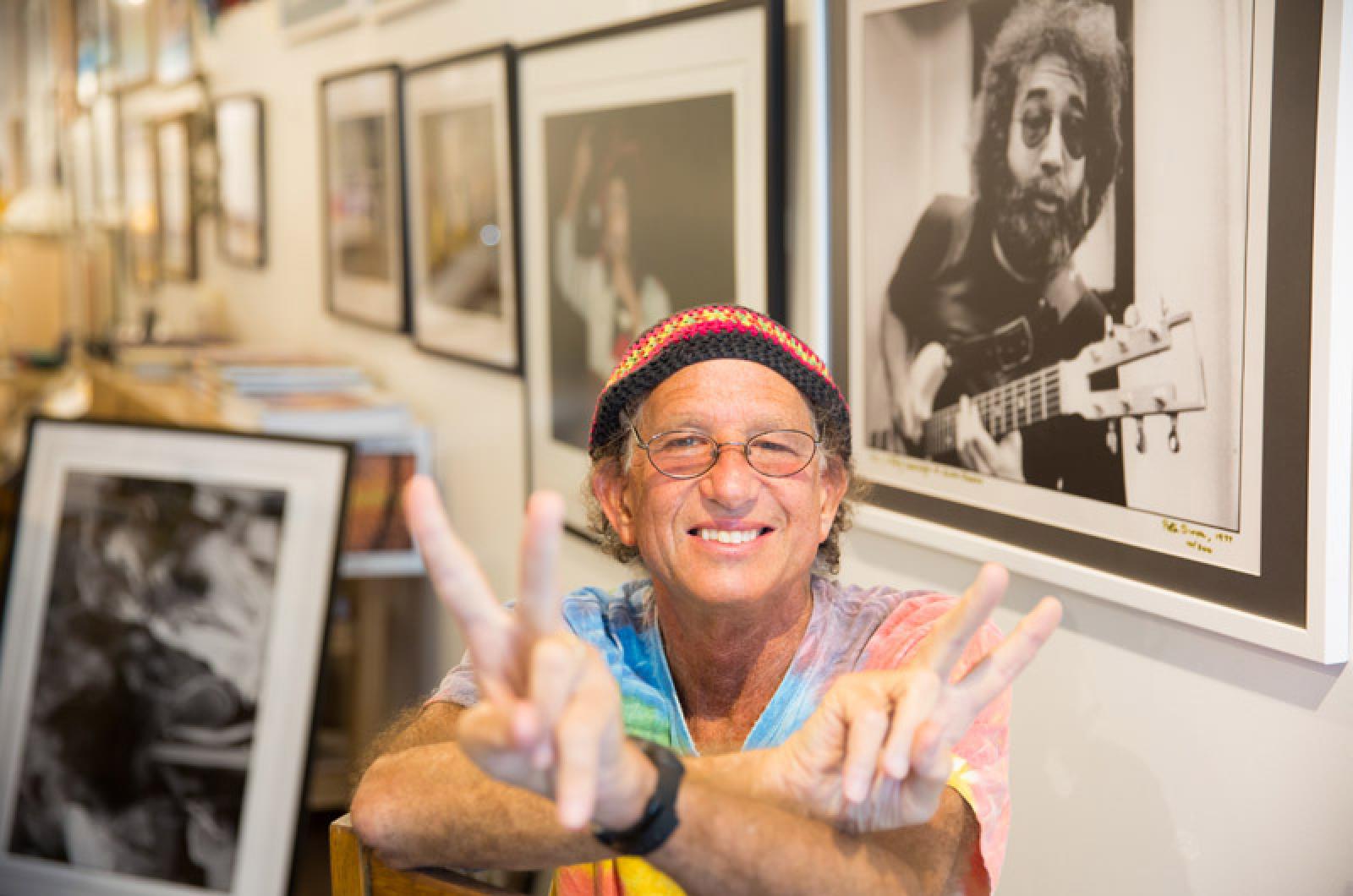
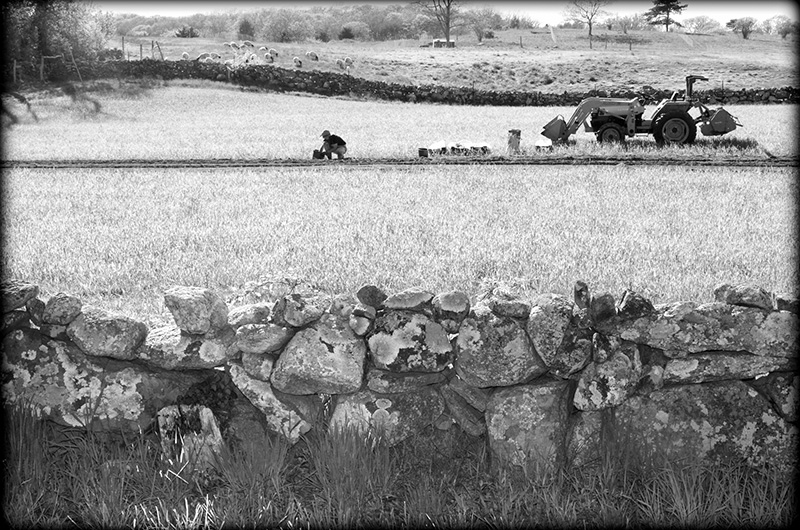
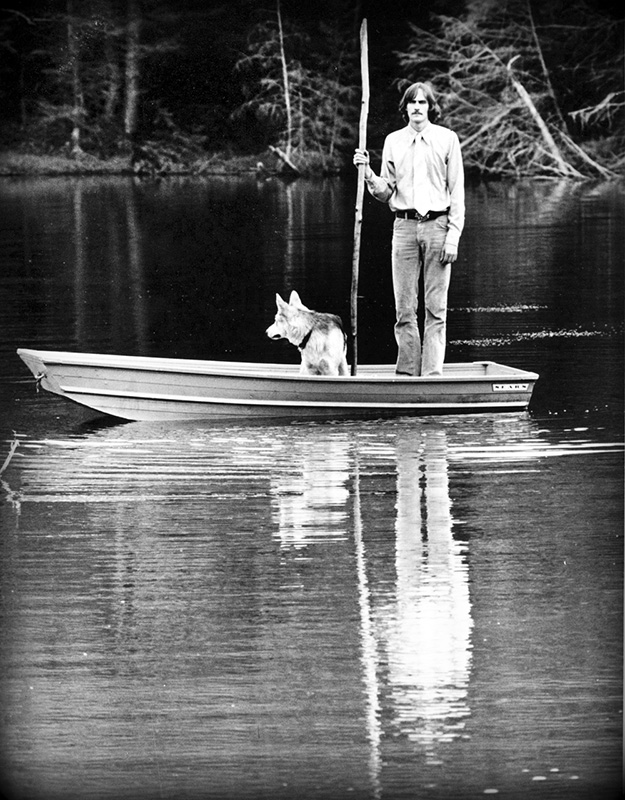
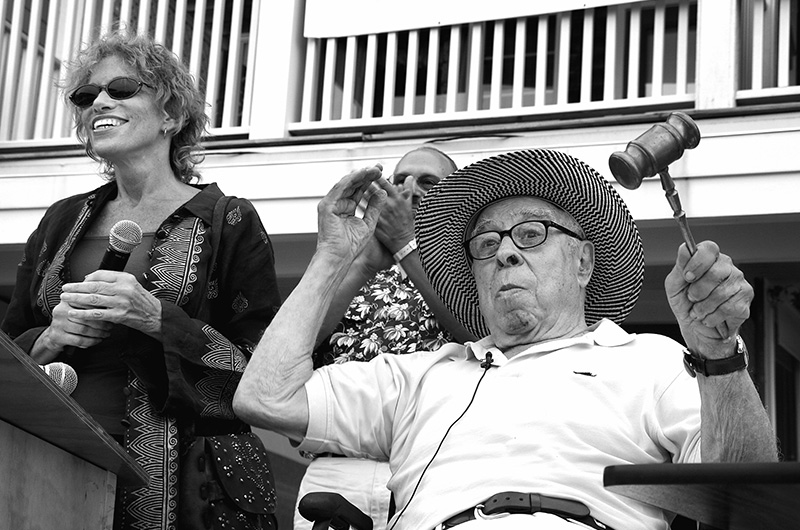
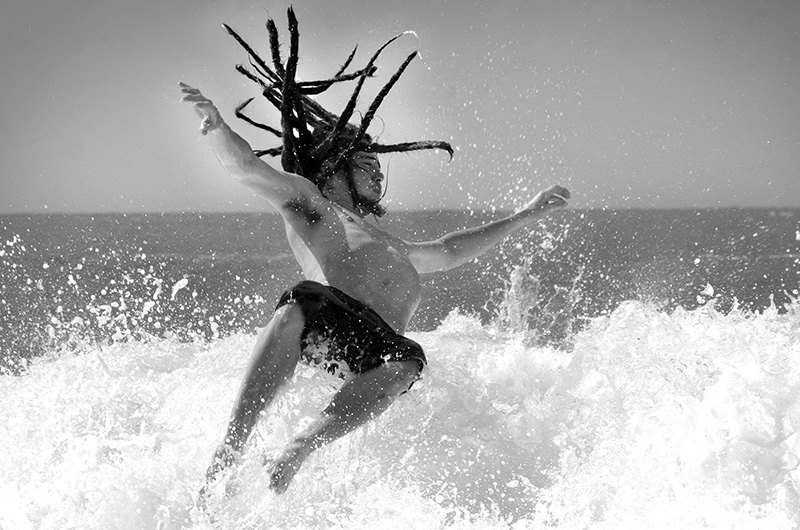






Comments (18)
Comments
Comment policy »